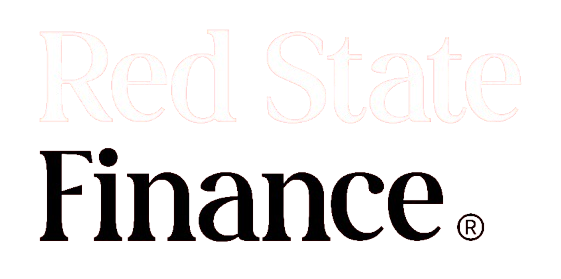The latest data on unemployment benefits revealed a marginal increase in the number of Americans filing new claims, indicating that while layoffs remain low, the labor market is showing signs of slowing. According to the Labor Department, initial claims for state unemployment benefits rose by 2,000, bringing the seasonally adjusted total to 230,000 for the week ending September 7. This figure aligned with economists’ forecasts, as surveyed by Reuters, which had predicted 230,000 claims for the same period.
The slight uptick in unemployment claims coincided with the Labor Day holiday, a factor that often contributes to volatility in the data. Public holidays can make it difficult to get an accurate read on weekly trends, as temporary business closures and other disruptions can lead to fluctuations in filings. Despite this, unemployment claims have remained relatively stable since they dropped from a recent peak of 250,000 in late July, an 11-month high at the time.
This moderation in unemployment claims mirrors broader trends in the labor market, where businesses have started to scale back hiring. The deceleration is largely attributed to the impact of higher interest rates, which have been implemented by the Federal Reserve in an effort to curb inflation and cool demand across the economy. The tighter monetary policy has led many companies to adopt a more cautious approach, reducing their workforce expansion plans.
Recent government data also supports the view of a labor market slowdown. In August, nonfarm payrolls increased, but at a lower-than-expected pace, signaling reduced job creation. At the same time, the unemployment rate showed a slight improvement, falling from 4.3% in July to 4.2% in August. This combination of slower job growth and a lower unemployment rate suggests that while fewer jobs are being added, many people who were previously unemployed are finding work.
As the labor market continues to show signs of slowing, attention has turned to the Federal Reserve and its upcoming policy decisions. The central bank is widely expected to begin a policy easing cycle next week, with a 25 basis point rate cut anticipated. This potential rate reduction comes in the context of moderating inflation. While inflation has slowed considerably from its recent highs, some price pressures remain stubborn, particularly in areas like housing and energy. Nonetheless, the overall deceleration in consumer prices has given the Federal Reserve room to consider reducing interest rates in an effort to support economic growth and job creation.
The Federal Reserve has held its benchmark overnight interest rate in the current range of 5.25% to 5.50% for the past year, following a series of aggressive rate hikes. Between 2022 and 2023, the central bank raised rates by a total of 525 basis points in an effort to combat surging inflation, which had reached multi-decade highs. With inflation now easing and economic growth slowing, many analysts believe the time has come for the Fed to pivot toward a more accommodative monetary policy.
In addition to the rise in initial unemployment claims, the Labor Department report also highlighted an increase in the number of people receiving ongoing unemployment benefits. These so-called continuing claims, which serve as a proxy for hiring activity, rose by 5,000 to a seasonally adjusted 1.85 million for the week ending August 31. Despite the increase, continuing claims have generally trended lower throughout August after experiencing a spike in July, when they reached levels not seen since late 2021.
The decline in continuing claims aligns with the recent drop in the unemployment rate, reinforcing the notion that while job creation may be slowing, many unemployed workers are still finding employment. This trend provides some reassurance that the labor market, while cooling, remains resilient enough to avoid a sharp increase in layoffs.
Looking ahead, the interplay between the Federal Reserve’s monetary policy and labor market conditions will be crucial in shaping the economic outlook. Should the central bank proceed with the anticipated rate cut, it could help stimulate economic activity and provide additional support to the job market. However, with inflation still posing a threat, the Fed will need to carefully balance its dual mandate of promoting full employment and maintaining price stability. As such, future data on unemployment claims, job creation, and inflation will be closely watched by policymakers and economists alike.
Overall, while the slight increase in jobless claims points to a slowing labor market, the broader picture remains one of relative stability. As businesses adapt to the challenges posed by higher interest rates, the coming months will reveal whether the Federal Reserve’s efforts to engineer a soft landing for the economy will be successful.





